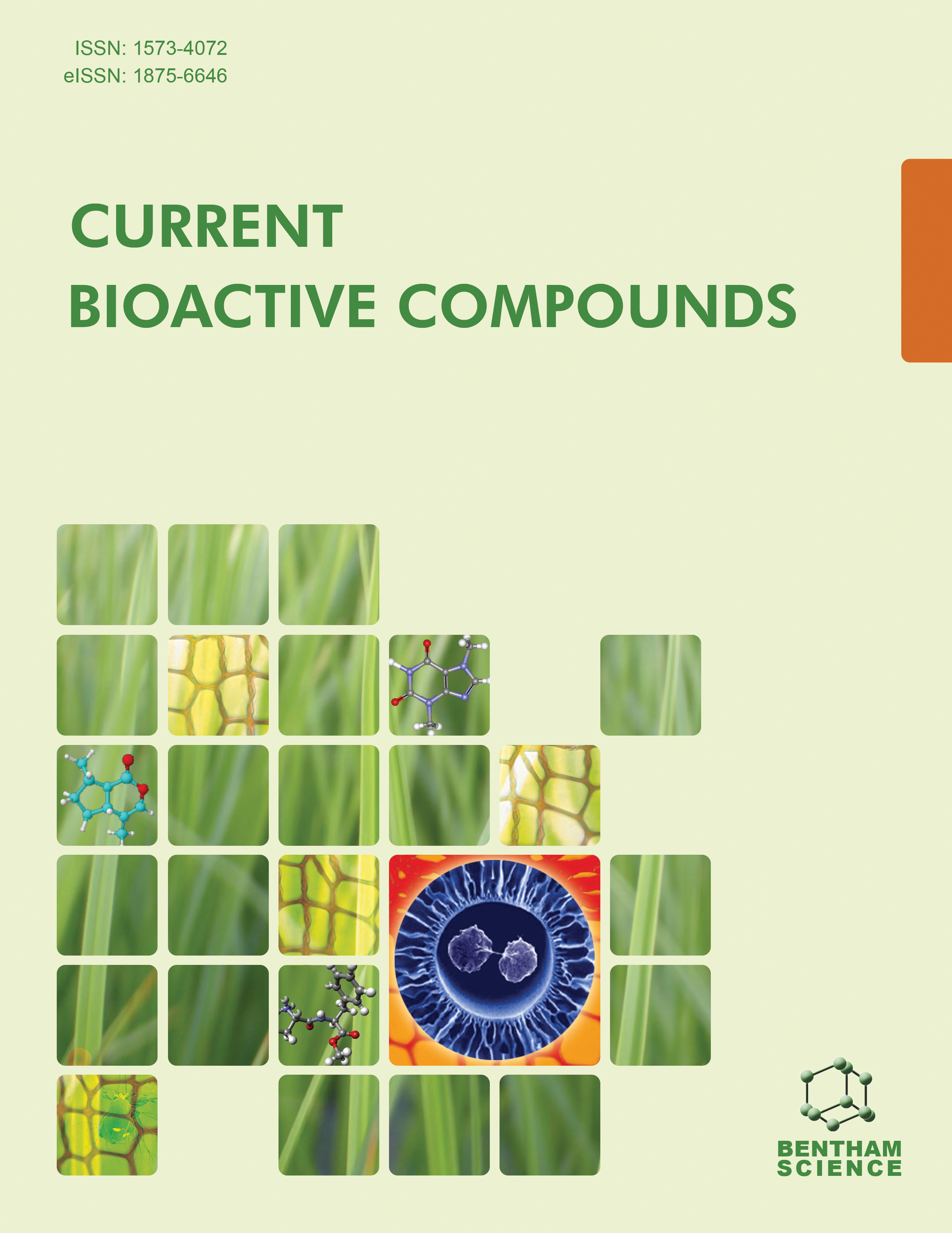
Full text loading...
We use cookies to track usage and preferences.I Understand
The study aimed to assess the effectiveness of Selaginella plana in treating diabetes. The plant components were assessed using ethanol as a solvent. To determine whether the plant extracts included any secondary metabolites, a phytochemical screening was performed.
The quantities of total phenolic and total flavonoid were determined using plant extracts in ethanolic, chloroform, petroleum, and water solutions. Experimental animals were used to evaluate the antioxidant properties of plant extracts. Thus, the study was further processed to evaluate antidiabetic activity using ethanolic and aqueous extracts. Glucose levels were measured using an oral glucose tolerance test (OGTT).
The percentage yield of ethanol, chloroform, petroleum ether, and aqueous extract were 19.22 g, 11.01 g, 6.44 g, and 15.76 g, respectively. The ethanolic and aqueous extracts showed the presence of most of the phytoconstituents like alkaloids, flavonoids, carbohydrates, tannins, phytosterols, glycosides, proteins, and gum. TPC values were high for ethanolic extract of the fern S. plana, which was 54.34 mg GAE/g for ethanolic extract. However, the TFC value was 264.51 mg QE/g for ethanolic extract. Normalisation of insulin levels and restoration of blood glucose levels were both demonstrated by the plant extract.
It can be concluded from the study that ethanolic extract of S. plana was effective against STZ-induced diabetes. S. plana may be an alternative drug in treating diabetes after clinical trials.

Article metrics loading...

Full text loading...
References


Data & Media loading...

